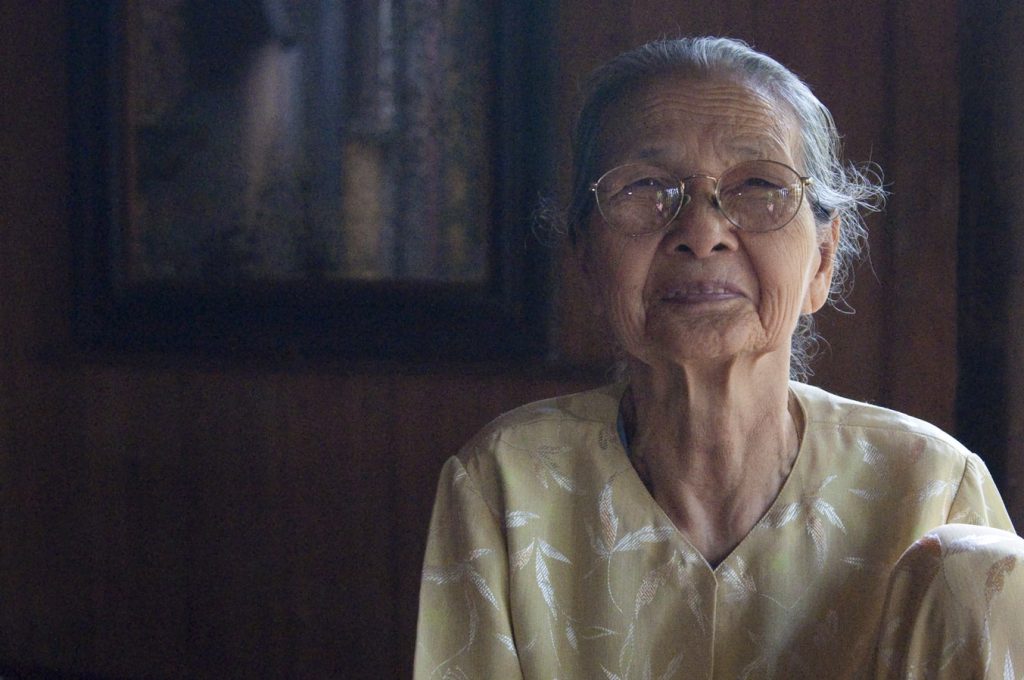Patient Care Advocates for Seniors: A Primer
Based on estimates, the percentage of people over 60 in the world will nearly double in just over the next 30 years. Consider also that more than 20 million seniors in the U.S. are in or near poverty, and that nearly a third of them are dependant on five or more medications, and you will see that advocacy for this demographic is not only vital, it’s urgent. A patient care advocate is as necessary for you or a senior you care for as preventative medical care, those daily medications, or health insurance.
Navigating the twists, dead ends, and false turns of the healthcare system isn’t easy. It’s especially difficult for our most fragile demographic, who can be overwhelmed by the system’s increasing dependence on digital engagement, and for whom that engagement is most urgent and relevant. A patient care advocate takes on much of that burden. A patient care advocate working with a senior will remain with an at-risk patient through a gauntlet of healthcare contexts, from simple wellness appointments to urgent care hospitalizations and as part of long-term care in the home.
A patient care advocate is neutral to all of the providers and clinicians that a senior receives care from, and is a focused advocate for their care. No coverage lapses or restrictions bar a patient care advocate from supporting a senior wherever they need support and advocacy. Seniors who use a patient care advocate have their needs and history communicated better, find more consistent and stable continuity of care, and have better health outcomes. Following find more details on the most important ways a patient care advocate can help improve a senior’s health, care, and quality of life.
Navigating Medicare
From ensuring that a course of treatment will be covered under a senior’s insurance, to initiating and tracking claims, a patient care advocate is perhaps most vital to a senior when it comes to navigating Medicare. This element of healthcare advocacy is most important during emergent health crises. A patient care advocate can be a surrogate for family members who are unable to be physically present or who are giving the greater part of their attention and resources to their loved ones and less to the complexity of Medicare: a healthcare advocate enables family members to be by the side of their older loved ones rather than leaned over a government website or on the phone with a Medicare representative. Often, a patient care advocate is also a licensed healthcare consultant specializing in determining benefits and ensuring access to coverage. A patient care advocate can be invaluable to a senior during relative wellness and during health crises by navigating Medicare.
Managing a Health Crisis
A sudden deterioration in health, an injury, or a serious illness are times when a senior can benefit from dedicated healthcare advocacy. Everyone needs help during periods of illness or injury, regardless of their age, but patient care advocacy for a senior can be the difference between continuing illness and a positive and sustained health outcome. A patient care advocate can help not only by intervening on behalf of a senior during a health crisis, but also by coordinating continuing care: aftercare, life care planning, and elder care solutions and elder care planning, if necessary. They can be sure that these interventions are tailored to the needs and resources of the at-risk senior. During a health crisis, a healthcare advocate can be a valuable beacon for remote loved ones unable to travel but anxious to track the care of the seniors they care for.
Navigating Health Insurance and Coordinating Care
Sudden hospitalizations can be health insurance nightmares. They can be a great deal more precipitous without the social parachute of programs like Medicare. Many seniors continue to rely on private health insurance, or the policy of a loved one. A health care advocate can help seniors and their families ensure that a course of care will be covered without gaps or lapses, and can assure that providers coordinate care in line with a patient’s prescribed course and resources, preventing unexpected coverage gaps.











